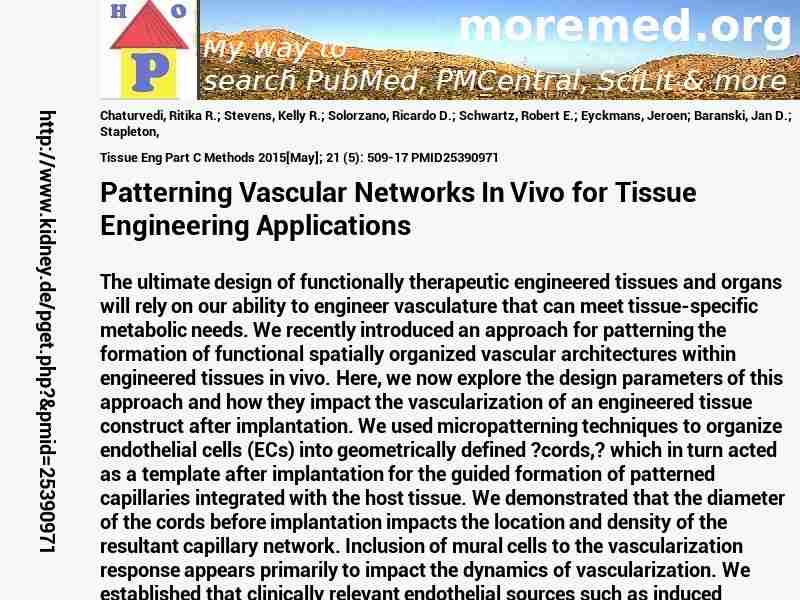10.1089/ten.tec.2014.0258
http://scihub22266oqcxt.onion/10.1089/ten.tec.2014.0258

C4410304!4410304!25390971
 free free
 free free
 free free
|  
Deprecated: Implicit conversion from float 235.6 to int loses precision in C:\Inetpub\vhosts\kidney.de\httpdocs\pget.php on line 534
Deprecated: Implicit conversion from float 235.6 to int loses precision in C:\Inetpub\vhosts\kidney.de\httpdocs\pget.php on line 534
 Tissue+Eng+Part+C+Methods 2015 ; 21 (5): 509-17 Tissue+Eng+Part+C+Methods 2015 ; 21 (5): 509-17
Nephropedia Template TP
gab.com Text
Twit Text FOAVip
Twit Text #
English Wikipedia
|

 free
free free
free free
free